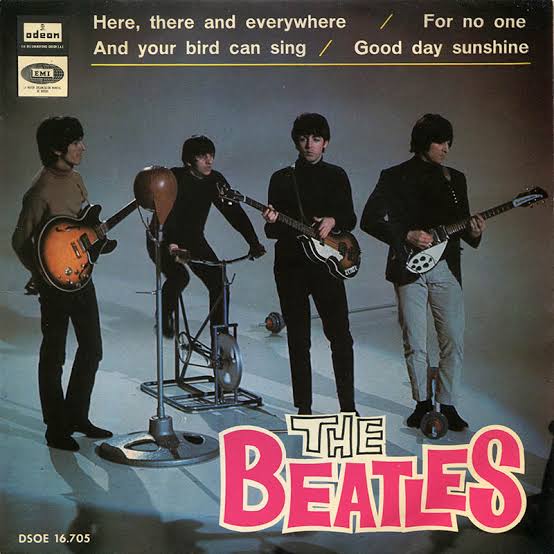The Beatles re-entered EMI Studios at 2:30 pm for more work on the song “Got To Get You Into My Life,” which had begun recording earlier in the year. The track, part of their 1966 album Revolver, is one of the band’s most celebrated pieces, reflecting their musical experimentation and maturing sound. Its origins and production offer a fascinating glimpse into the creative process behind one of the Beatles’ most innovative works.
“Got To Get You Into My Life” was initially conceived by Paul McCartney, who was inspired by his growing interest in the sounds of Motown, R&B, and brass-heavy arrangements. However, its distinctive feel was not simply a reflection of McCartney’s influences; it was also an exploration of new sonic possibilities. The song’s initial recording sessions began on April 7, 1966, when the Beatles gathered at EMI Studios (later known as Abbey Road Studios) in London to lay down the song’s instrumental track. McCartney’s initial vision was to craft an energetic, horn-driven track that combined a sense of urgency with a certain smoothness and precision.
At 2:30 pm on the subsequent recording day, the Beatles returned to continue work on “Got To Get You Into My Life.” On this occasion, the band was focused on refining the arrangement, adding layers of instruments, and further developing the track’s lush, vibrant production. The addition of brass instruments was a key element in the song’s final texture, giving it an unmistakable sense of vitality. In the session, Paul McCartney’s enthusiastic guidance helped steer the track toward its eventual form, with George Martin, the band’s long-time producer, working alongside them to experiment with unconventional sounds and arrangements.
One of the most notable aspects of the recording process for “Got To Get You Into My Life” was its use of session musicians for the brass section. While the Beatles often played their own instruments, the brass parts were performed by top studio musicians, which added a level of sophistication and polish that would have been difficult to achieve with the band members alone. The brass section, which included trumpet and trombone, added a powerful and bright sound to the track, creating a bold contrast to the more introspective and contemplative elements of other Revolver songs.
During these sessions, the Beatles also used overdubbing techniques to layer multiple tracks and enhance the song’s overall texture. McCartney’s vocal, which was initially recorded as a demo, was refined and augmented with harmonies, giving it a fuller, more dynamic sound. The track’s driving rhythm section, featuring Ringo Starr on drums and McCartney on bass, also played a critical role in shaping the song’s energetic and upbeat feel.
By the time the song was completed, “Got To Get You Into My Life” was transformed into a unique blend of pop and soul influences, enriched by experimental studio techniques. Its final version was marked by intricate vocal arrangements, a punchy brass section, and McCartney’s impassioned lead vocal delivery. The song was not just a product of McCartney’s vision but also of the collaborative effort of the band and the session musicians, all of whom contributed to its timeless sound.
Released as part of Revolver in August 1966, “Got To Get You Into My Life” became a standout track, celebrated for its inventive use of horns, sophisticated arrangements, and its reflection of McCartney’s growing musical ambition. The song’s creation at EMI Studios marked an important moment in the Beatles’ recording career, representing their evolution from the simplicity of their early rock ‘n’ roll songs to the more complex, experimental sounds that would define their later work.
